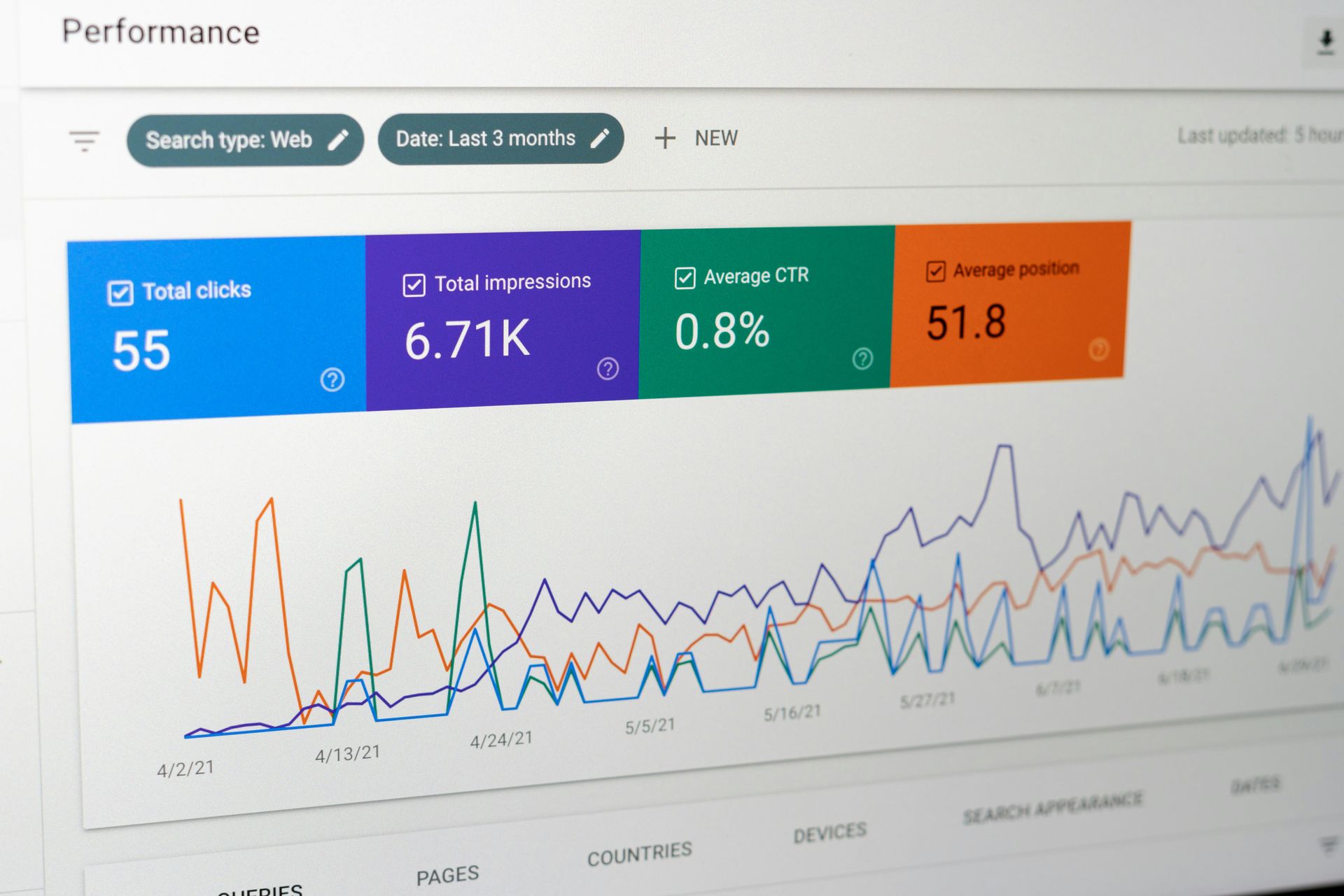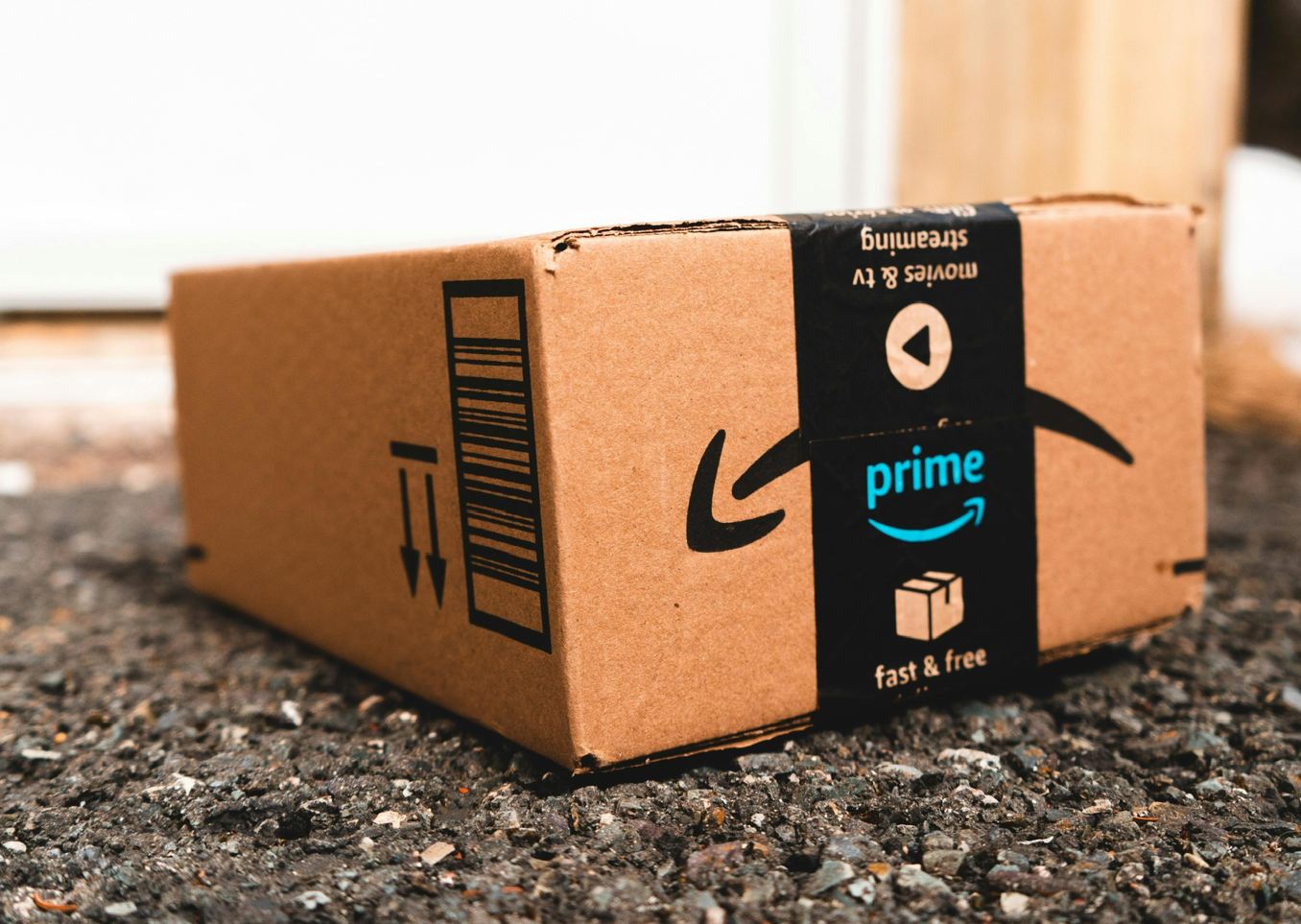Three strategies for setting up Amazon PPC
Three strategies for setting up Amazon PPC
A common trend among all e-commerce businesses is the need to increase brand awareness, and Amazon advertising is no exception. You may have wondered how your competitors can afford to advertise so much and why your ad performance is struggling despite your product being better in price and quality. The secret rests in the advertising strategy you have implemented on Amazon. So how can you target shoppers and boost sales on your Amazon? As a leading Amazon ads agency, we take you through the strategies you must know when setting up PPC on Amazon so that you can stay one step ahead of your competitors.
What is Amazon PPC?
Amazon PPC campaigns are designed to help sellers increase their product visibility and boost sales. The seller or advertiser normally pays a fee to Amazon when a potential buyer clicks on their advert. Because the payment happens only after each click, it is appropriately named as ‘pay per click or PPC.
To achieve success and maximise ROI on advertising, you must carefully create, execute, and manage each PPC campaign. In the long run, running a successful PPC campaign can lead to improved organic results, allowing you to reduce advertising expenses and potentially expand sales of other targeted items in your inventory.
Different types of PPC on Amazon
Generally, as with most advertising platforms, there are multiple options to choose from depending on budget, target market and product requirements. Amazon offers three options for sellers to advertise their products on the marketplace. They are:
- Products sponsored brands
- Sponsored product ads
- Sponsored display ads
- Amazon sponsored
At the front end of the product page, PPC is displayed as ‘Sponsored Products’ for customers viewing relevant products that match their search query. You must follow all the crucial steps Amazon recommends to achieve the campaign's targets.
The strategies you must not miss when setting up PPC on Amazon
In advertising, whether online or on the high street, the ad should speak directly to the potential buyer in a compelling way. That is when brand awareness is born and viewers become paying customers. PPC on Amazon is no different from this age-old marketing strategy, but you may need a hand from an experienced Amazon ads expert to help reach your goals. Before we look into various marketing agency options, let’s focus on the fundamental strategies you should follow when setting up PPC on Amazon.

1. Define your objectives
Having a clear objective is vital for any PPC ad campaign. As a seller on Amazon or a brand manager for a seller, you need to ask yourself ‘What am I trying to achieve with PPC advertising?’. On Amazon, goals can be two-fold. The first is to increase sales, and the second is to boost product and brand awareness.
If you feel you need to launch an aggressively successful sales campaign, then you need to sit down and conduct some keyword research. As a seller on Amazon, you will need to have an in-depth understanding of the best keywords, together with a list of negative keywords for each product.
Keyword performance, click-through rate and conversion rate are a few factors you should investigate before setting up PPC campaigns on Amazon.
Another key benefit of this marketing strategy is that when you have your keywords organised properly within your campaign, it will also help you in the long term to reach a better organic ranking.
If your objective is to increase brand awareness, you will need to maximise the number of times your product becomes visible in the search results. In other words, the number of impressions on the search page is vital to raise awareness among searchers who use specific keywords.
There are multiple ways to minimise the cost per appearance and click, and you will need specialist PPC advice to get the best out of your marketing budget.
2. Set a clear budget
A realistic budget is essential to achieve the results you wish and keep the initial costs down.
There is a delicate balance between spending too much on your ad and spending too little. Neither extreme will give you lasting results because you will not be able to manage your overall business needs in the short and long term in a sustainable way.
As a rule of thumb, ad spending on Amazon is considered excessive if it affects your profit margin and exceeds 20 per cent of the sales income. This is referred to as the advertising cost of sale, or ACOS, and can be calculated as shown in this example. Say the item sold for £100 and you spent £15 on ads.
Your advertising cost of sales would be 15% of the sales income.
Therefore, you must set a daily limit on your ad spend, as failure to do so could result in a substantial bill that would hinder your progress. In an ideal scenario, you should always be conservative by trying to keep your cost of ad sales below your target margin.
To illustrate with an example, if you buy your product for £5 and spend another £5 on fees (FBA), shipping and other costs, the total cost of your product will be £10. If you sell your product for £20, you need to ensure that your ad spend for that product is less than £10.
The reason being, if you spend above the £10 profit margin, the purpose of advertising defeats the purpose of selling at a profit. The key to success is to advertise and sell without making a loss.
3. Optimise listing before the PPC campaign
Before you set your ad live, you must optimise your product listing to Amazon’s search requirements. Without a clear optimising strategy, your ad will not be able to bring the results you wish for.
Optimisation of keywords should be the primary focus before you begin PPC on Amazon. The product details should include all relevant keywords to increase the chances of appearing on the product listing page. You may need to consult a professional Amazon marketing agency to get expert advice if you are not sure how to focus on keywords and optimisation.
The second is to optimise the content of your product listing. From relevant images to catchy product descriptions, you need to make sure your items appeal to Amazon’s search bot as well as the human customer searching for products.
Final checks
As you have seen above, there are three main strategies to consider when setting up PPC on Amazon, and your success depends on your research, understanding of the platform’s requirements and how you execute them.
At Kangaroo UK, we have been specialising as an Amazon advertising agency for many years and have helped sellers worldwide succeed. If all of this sounds rather complicated, we are here to help you navigate and succeed with Amazon.
Contact us today.










